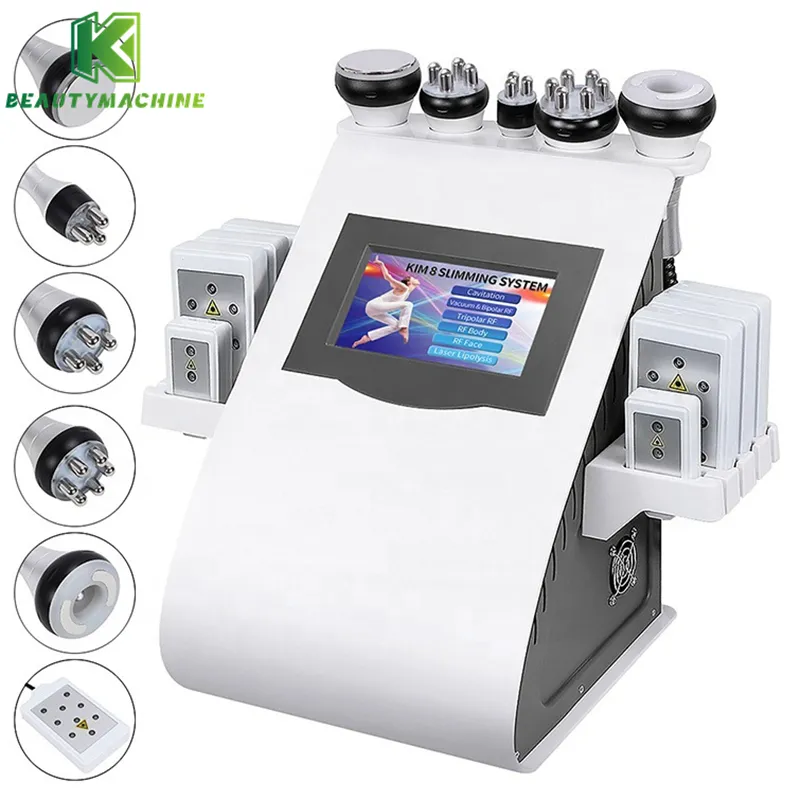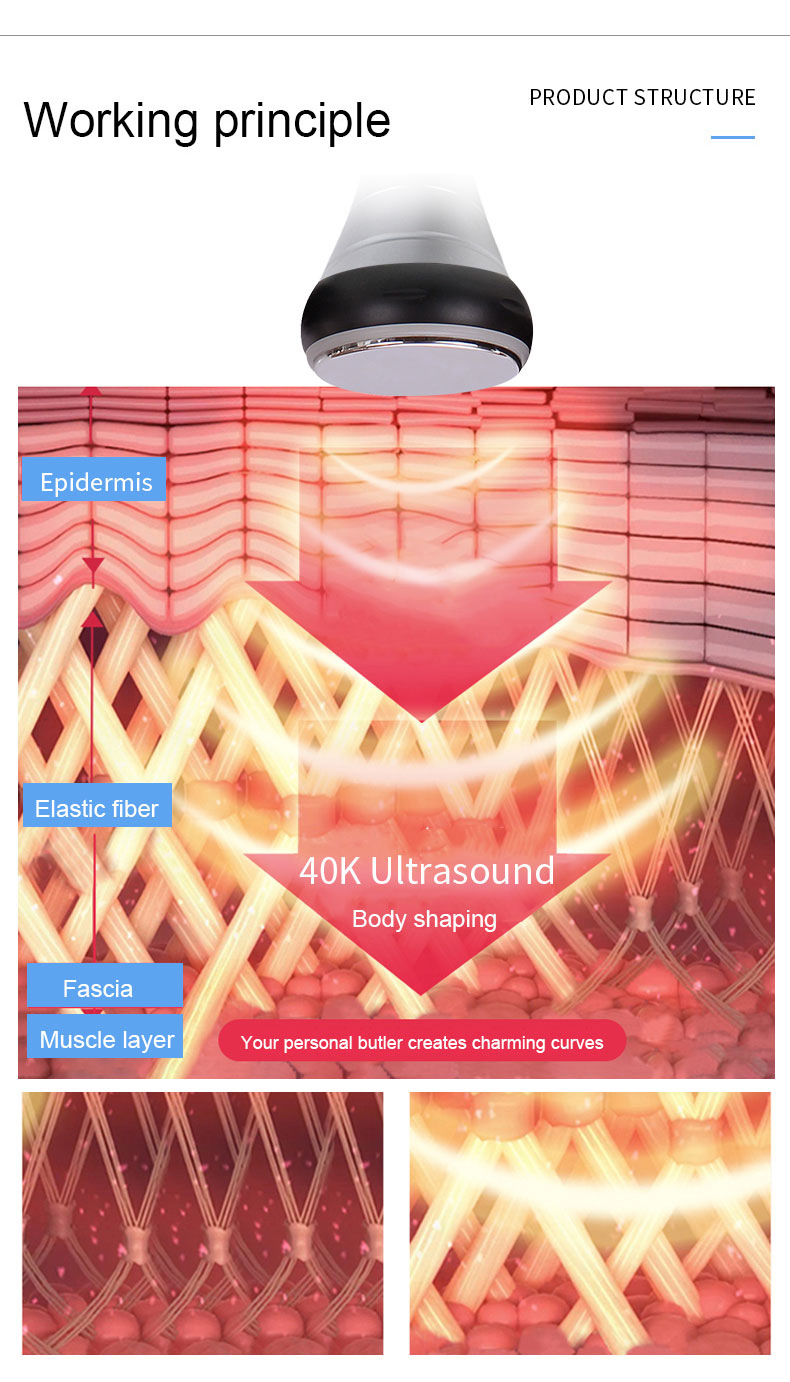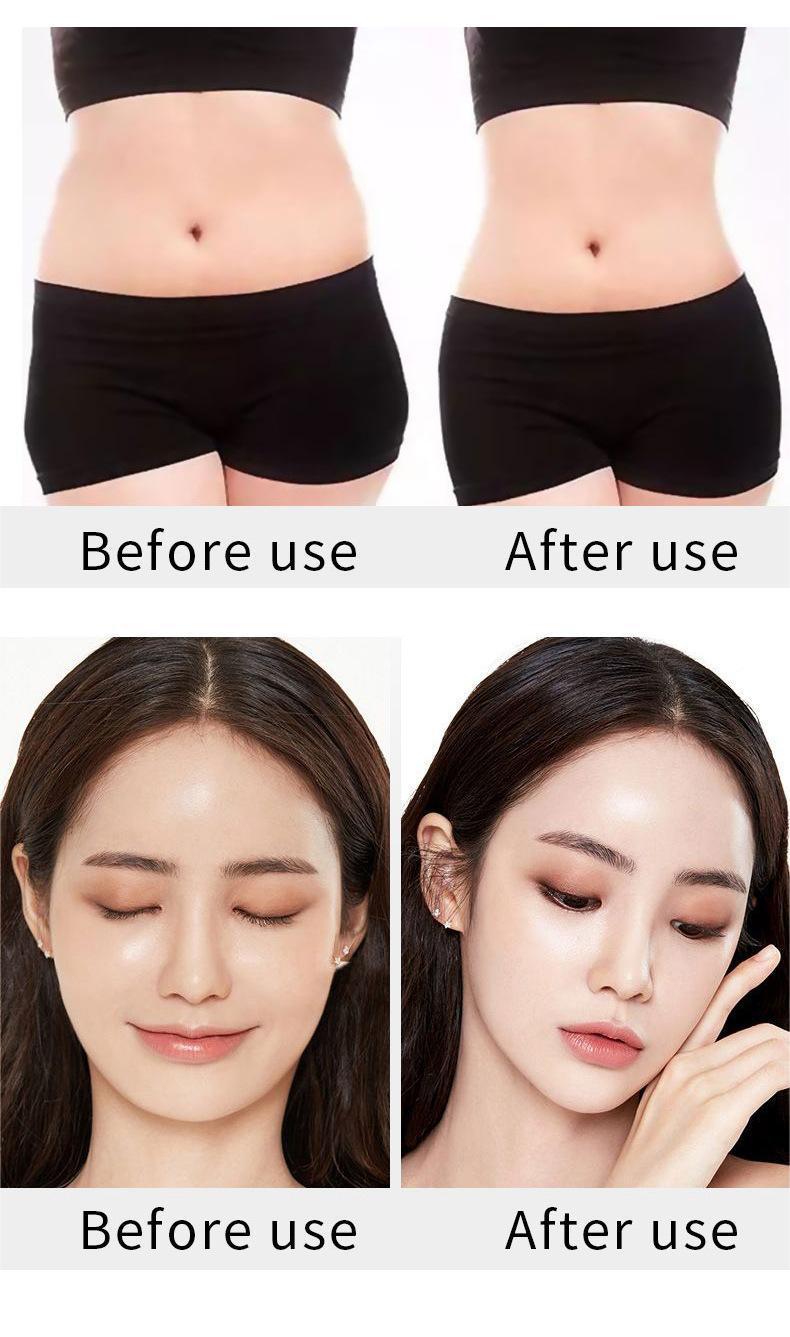
Does fat cavitation increase urine volume?
2025-08-11 15:30
The ultrasonic fat cavitation machine provides a non-surgical, targeted intervention on fat cells, meeting modern needs for localized fat reduction and body sculpting. However, many individuals who have undergone ultrasonic fat cavitation machine treatments report a significant increase in urination for a period of time after treatment, sparking a widespread discussion: "Does fat cavitation increase urine volume?"
This article will provide a scientific analysis of this question, delving into the working mechanism of the ultrasonic fat cavitation machine, the fat metabolism pathway, the body fluid regulation mechanism, and the physiological process of urine production. It will systematically address whether fat cavitation leads to increased urine volume and identify the relevant mechanisms and influencing factors.

What is an ultrasonic fat cavitation machine?
The ultrasonic fat cavitation machine is a non-invasive cosmetic device based on low-frequency ultrasound technology. It primarily destroys subcutaneous fat cells through cavitation, inducing fat liquefaction and excretion through the metabolic system. This device is widely used for localized fat reduction, body sculpting, and cellulite reduction.
Working Principle:
The core principle of the ultrasonic fat cavitation machine is the cavitation effect. When ultrasound waves at a specific frequency (commonly 40kHz) are applied to the body's fluid environment, countless tiny bubbles are formed. These bubbles continuously expand and contract with the ultrasonic vibrations, ultimately generating a transient, high-energy micro-explosion when the rupture threshold is reached.
This locally released mechanical energy disrupts the fat cell membranes, releasing their contents (primarily glycerol and free fatty acids) into the intercellular matrix. These contents are then transported through the lymphatic and blood systems, ultimately metabolized by the liver, filtered by the kidneys, or excreted in the urine.
What is the metabolic pathway of lipids after fat cavitation?
1. Formation of Fat Decomposition Products
After fat cells rupture, the following substances are primarily released:
• Glycerol
• Free Fatty Acids (FFA)
• Cell membrane components such as cholesterol and phospholipids
These components are all products of lipid metabolism and are not immediately excreted in urine, but instead enter the systemic metabolic process.
2. Transport to the Liver via the Blood
Free fatty acids bind to albumin via blood transport proteins and are transported to the liver or other high-metabolism tissues. Glycerol can directly enter the gluconeogenesis pathway for energy supply.
The metabolic byproducts produced during these processes (such as water, carbon dioxide, and urea) are the actual components that are subsequently excreted by the kidneys.
3. Transport via the Lymphatic System
In addition to the blood system, some large lipid fragments and cell membrane fragments are transported through lymphatic vessels into the bloodstream and then eliminated by the liver and kidneys.

The Relationship Between Urine Production and Fat Metabolism
1. Urine Production Mechanism
Urine production depends on the ultrafiltration of blood by the glomeruli. The core steps are:
• Filtration: Water, electrolytes, and metabolic waste products are filtered from the blood into the renal capsule;
• Reabsorption: Necessary water, sugars, and electrolytes are reabsorbed;
• Secretion: Some metabolic waste products are actively secreted into the urine;
• Excretion: The final urine is formed.
2. How Fat Cavitation Affects Urine
Although the lipids from fat cavitation are not excreted in urine, their metabolic processes indirectly affect urine production:
• The water produced during fat metabolism increases total body fluid volume, leading to increased urine volume;
• When glycerol is metabolized, it is converted to glucose, and the byproducts increase the burden on the kidneys;
• The byproducts of lipid breakdown by the liver may form soluble metabolic waste products (such as ketone bodies and urea), which are metabolized and excreted by the kidneys;
• Fat cavitation machine treatment is often accompanied by drinking plenty of water to promote metabolism and accelerate lymphatic circulation, which directly increases glomerular filtration and leads to increased urination.

Why does urine volume increase after fat cavitation?
Reasons for increased urine volume after fat cavitation:
1. Increased water intake
2. Increased metabolic load
3. Increased lymphatic flow
1. Increased water intake
Before, during, and after using an ultrasonic fat cavitation machine, the operator usually recommends that the patient drink plenty of water (usually at least 2 liters within 24 hours before and after treatment) to facilitate the excretion of fat breakdown products. This extra water intake is filtered by the body as urine, resulting in a significant increase in urine volume.
2. Increased Metabolic Load
Fat cavitation passively releases a large amount of lipids into the circulation, which stimulates increased metabolic function in the liver and kidneys. The breakdown process produces metabolic waste products such as ketone bodies, lactic acid, carbon dioxide, and nitrogen metabolites, which must be eliminated through urine. Therefore, during this phase, renal excretion activity is enhanced, and urine production increases accordingly.
3. Increased Lymphatic Fluid Flow
The cavitation effect of the ultrasonic fat cavitation machine is not limited to adipose tissue. It also stimulates the superficial lymphatic circulation system through vibration, accelerating the return of interstitial fluid and allowing interstitial fluid to enter the circulatory system more quickly. Ultimately, this water is excreted through the kidneys.
Individual Differences in Increased Urine Volume
Although most people experience increased urine volume after fat cavitation, this response is not uniform. The following factors may influence the significance of this phenomenon:
1. Individual Metabolic Rate
Individuals with active metabolism (such as young people and those who exercise frequently) experience faster lipid metabolism after fat cavitation, resulting in greater waste production and a more significant increase in urine volume.
2. Drinking Habits
Whether or not you drink plenty of water as directed after treatment is the most direct external factor influencing changes in urine output. Lack of water intake prevents the metabolic clearance process from fully initiating.
3. Liver and Kidney Function
Individuals with weak liver or kidney function have limited ability to clear lipid metabolites, resulting in less noticeable changes in urine output or delayed excretion.
Should increased urination be a concern?
Increased urine volume is a normal physiological response after fat cavitation treatment and generally does not cause negative side effects. Instead, it indicates that the body is effectively metabolizing and clearing waste products produced during fat cavitation.
Conversely, if there's no noticeable excretion after fat cavitation, it may indicate:
• Insufficient water intake;
• Weak liver and kidney metabolic function;
• Inadequate metabolic activation.
In this case, it's recommended to increase water intake and engage in appropriate exercise to promote circulation.

Does fat cavitation cause increased urine output?
Yes! Based on the above analysis, the following conclusions can be drawn:
• Increased urine volume after fat cavitation is a common and normal metabolic reaction;
• The ultrasonic fat cavitation machine releases substances from fat cells, which enter the metabolic system through the blood and lymph;
• Lipid metabolism generates a certain amount of soluble waste, water, and metabolic byproducts, which are excreted through the kidneys;
• Drinking plenty of water during treatment is recommended, which itself promotes increased urine output;
• Increased urination indicates that the body is metabolizing and clearing the fat products produced by cavitation, which is a positive sign.
Thus, increased urine volume after fat cavitation is not an abnormal reaction, but rather a natural manifestation of the ultrasonic fat cavitation machine activating the body's metabolic mechanisms and promoting fat clearance. As long as the device is used scientifically, treatment frequency is controlled appropriately, and adequate hydration is maintained, this phenomenon should be considered a metabolic marker of treatment success.
KuoHai – A Global Manufacturer Committed to Excellence and Value
With a reputation built on reliability, innovation, and service, KuoHai continues to be a preferred manufacturer for beauty businesses worldwide. Our extensive catalog includes facial lifting machines, body contouring devices, and multi-treatment systems. We supply to brands, clinics, wholesalers, and retailers seeking high-quality devices at low cost. Contact us today!
Get the latest price? We'll respond as soon as possible(within 12 hours)







